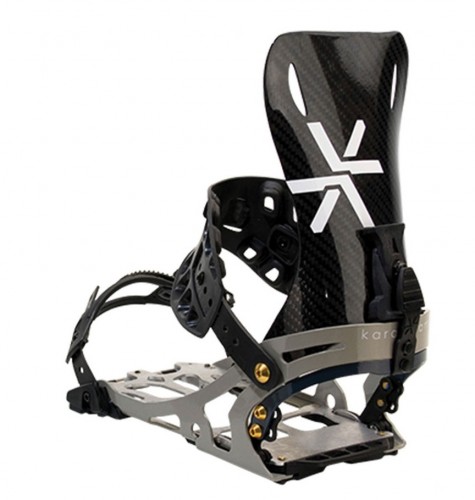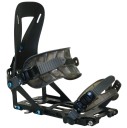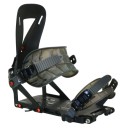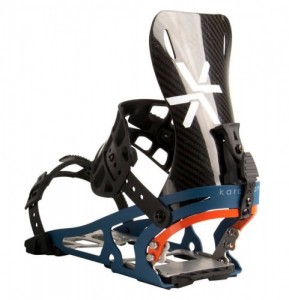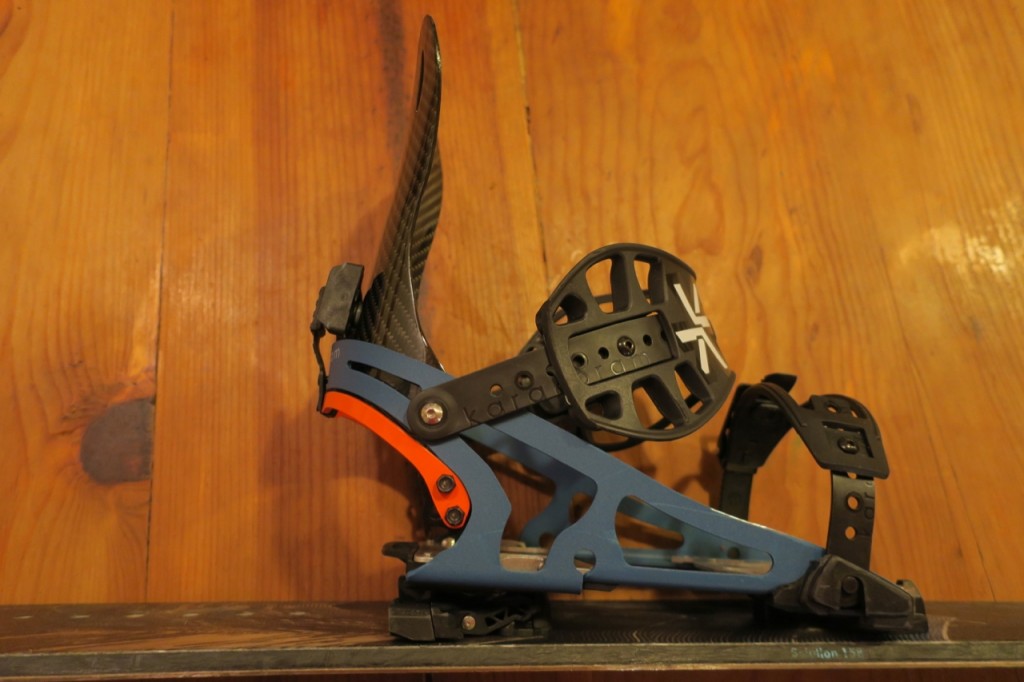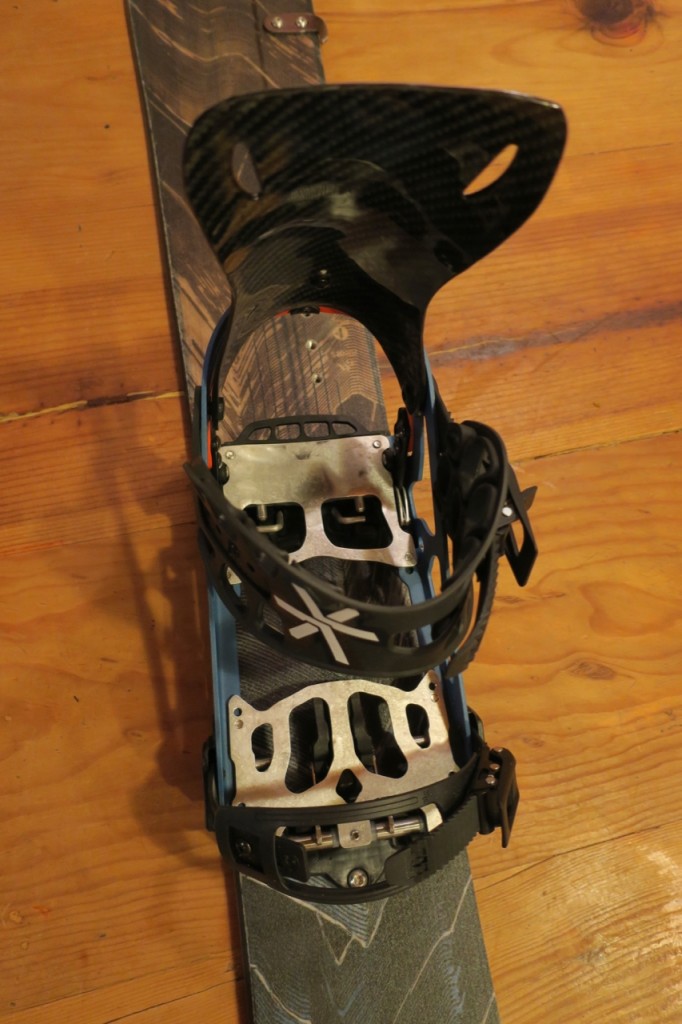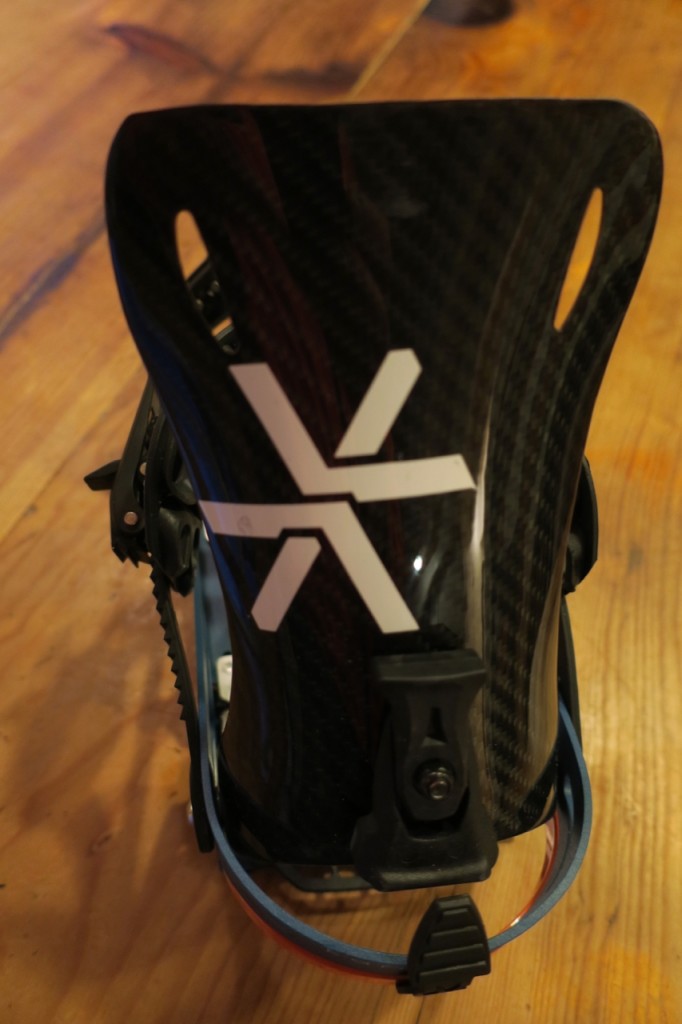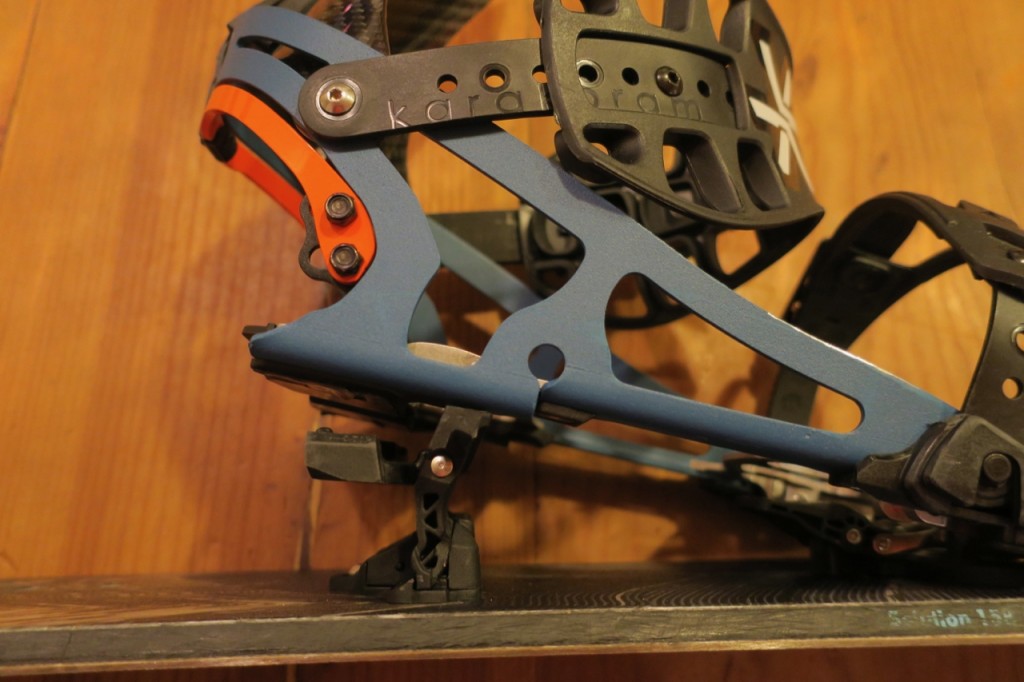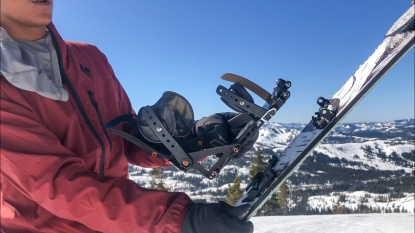Karakoram Prime-X Carbon Review
Our Verdict
Compare to Similar Products
 This Product
Karakoram Prime-X Carbon | |||||
|---|---|---|---|---|---|
| Awards | |||||
| Price | $1,050 List | $412.27 at Backcountry Compare at 3 sellers | $440.27 at Backcountry Compare at 3 sellers | $300.26 at Backcountry Compare at 2 sellers | $325 List |
Overall Score  |
|||||
| Star Rating | |||||
| Bottom Line | The Prime-X Carbon is the best and lightest binding from Karakoram | We consider this the best splitboard binding on the market | This lightweight binding offers excellent performance at a reasonable price | This top-performing model is our top choices and has been for many years | While friendly on the bank account, this binding is also comfortable and user-friendly |
| Rating Categories | Karakoram Prime-X C... | Spark R&D Arc Pro | Spark R&D Surge Pro | Spark R&D Arc | Voile Light Rail |
| Downhill Performance (30%) | |||||
| Transitions (30%) | |||||
| Uphill Performance (20%) | |||||
| Weight (10%) | |||||
| Straps, Lean, Risers (10%) | |||||
| Specs | Karakoram Prime-X C... | Spark R&D Arc Pro | Spark R&D Surge Pro | Spark R&D Arc | Voile Light Rail |
| Measured Weight (pair) | 3.16 lbs | 2.5 lbs | 2.7 lbs | 2.8 lbs | 3.34 lbs |
| Compatible Systems | Karakoram Splitboard Clips, Prime Crampons | Spark Pucks, Voile Pucks (Regular or Canted), Burton Channel Pucks, One Binding System, and Ibex Crampons | Spark Pucks, Voile Pucks (Regular or Canted), Burton Channel Pucks, One Binding System, and Ibex Crampons | Spark Pucks, Voile Pucks (Regular or Canted), Burton Channel Pucks, One Binding System, and Ibex Crampons | Voile Pucks, Voile Splitboard Crampons |
Our Analysis and Test Results
Since we tested this binding, it has been updated with aluminum hardware to save weight, and there are dropped sidewalls, meaning the inside sidewall is lower than the outside sidewall to provide more range of motion. Also new are the super pivot ratchets, a lighter weight buckle system designed for easy entry and exit of the binding. The version we tested is pictured first, followed by the latest model.
Any affiliate links will point to the updated version, but be aware that the following review pertains only to the previous Prime X Carbon.Hands-On Review of the Prime-X Carbon
Karakoram's Prime-X Carbon represents the top of their splitboard binding line. Functioning similarly to the rest of the Karakoram bindings, the Prime X Carbon provides active joining of the two halves of a splitboard to improve performance. This is the lightest Karakoram binding and is still impressively stiff; Karakoram has tweaked its interface and improved transition speed and ease.
Downhill Performance
The entire premise of the Karakoram system is that the active joining of these bindings provides increased performance. It is clear that the bindings do securely clamp the two parts of the splitboard together; the Prime-X Carbon's have rubber contact points near the edges of the splitboard that make contact with the board. Unlike puck-based systems, which only contact the splitboard through the pucks, the Prime-X Carbon binding touches the board near the toes and heel. It makes sense that this should improve feedback and control. The Karakoram's offer high-level performance.
Transitions
The transition from riding to touring was straightforward and efficient with the Prime-X Carbon. Pulling down on the release lever removes the bindings from the board easily; once the splitboard is separated, the bindings grab onto the touring interface quickly. It is a nicer feature that the bindings can be locked into touring mode simply by rotating them flat to split ski (which is where gravity wants them to be anyway).
Transitions from touring to riding can be more challenging. The new Ride Mode 2.0, what Karakoram calls their new interface, is a significant improvement over the previous design. It definitely allows for the bindings to be clamped to board with a wider range of tolerances and handles inevitable snow on the interface better. Still, compared to the Sparks or Voile bindings, we found putting the splitboard back together was difficult when snow conditions were challenging. The difference has been reduced by Ride Mode 2.0, and with practice and a solid routine it should rarely be an issue, but the system does require a touch more snow clearing and preparation than the puck based systems we reviewed.
Uphill Performance
In tour mode, the Prime-X Carbon connects to the touring interface using an axle that freely rotates similarly to a bike axle. The connection is secure and confidence-inspiring. This binding also climbs and tours well.
Weight
As the lightest offering from Karakoram, the Prime-X Carbon allows you to gain the summit with more energy in reserve than any other Karakoram binding. They can achieve this by use of carbon and high-quality aluminum throughout the binding. On our scale, our size medium Prime-X Carbon weighed 715 grams (per binding). For perspective, this is lighter than all of the bindings from Voile we have reviewed and lighter than other Karakoram bindings. It is heavier than the Spark R&D Arc and Surge.
Straps, Lean, and Risers
Straps
The Karakoram straps work very well, as the ankle strap buckle is easy to operate and tightens effectively. Our toe strap features a traditional buckle that is fine, although you do need to accurately line up the ladder into the buckle. Despite our bindings being purchased Fall of 2018, they do not have the minimal toe strap design that is shown on some of the images of the Karakoram site.
Lean
We are big fans of the carbon high backs on the Prime-X Carbon; the high backs are very stiff and responsive, but not painful or overly rigid. They are also quite good-looking. The forward lean adjusters rotate to switch between touring and riding modes, and it's easy to operate them.
Risers
The Karakoram risers are intended to be operated using the basket end of your ski poles. In our experience, this mostly worked but does require precision, which can be a little tricky to master.
The Prime-X Carbon bindings also feature a heel lock mechanism that allows the user to ski or skate without the heel of the binding coming up. This feature worked fine in our testing, but we generally do not find this feature to be necessary.
Women's Version
Karakoram offers the Prime-X Carbon in a women's model. The design and materials are completely identical. The main difference is found in the sizing. The binding and its components have a women-specific sizing.
Value
The Prime-X Carbon retails for a pretty penny — far more than the next most expensive non-Karakoram binding. It is tough to make a value argument for these bindings unless you are all-in on the active joining technology. If you feel this feature is necessary for your splitboard performance and you want the best and lightest binding that Karakoram makes, we'd recommend giving this one a shot.
Conclusion
The Prime-X Carbon bindings feature high performance on the skin track and on the downhill but are heavier, more complex, and more expensive than other options. If you are a fan of the active joining technology or have previous experience with splitboards where you felt the riding performance was lacking, and are comfortable with somewhat more complex transitions, these bindings might be the ticket for you.


